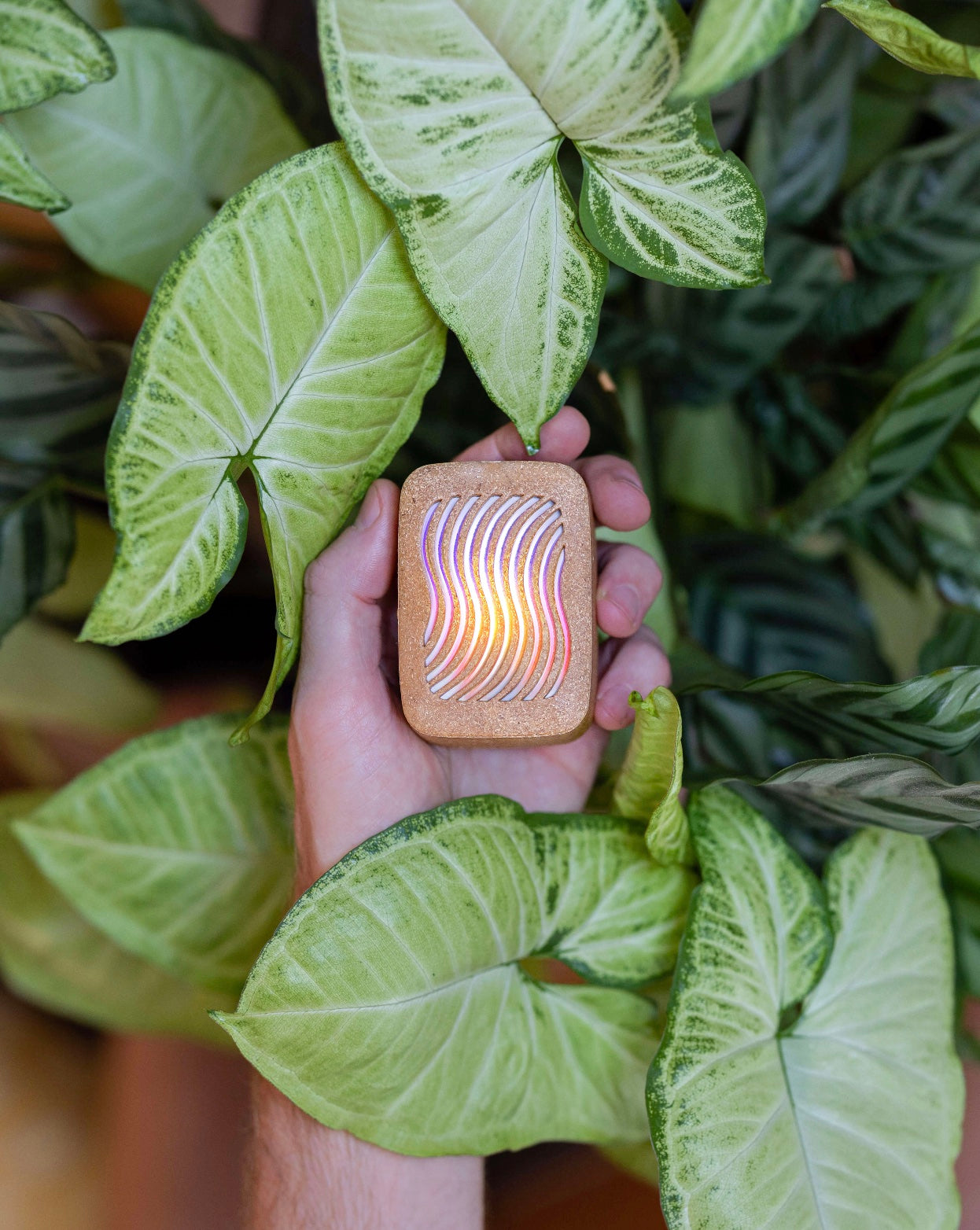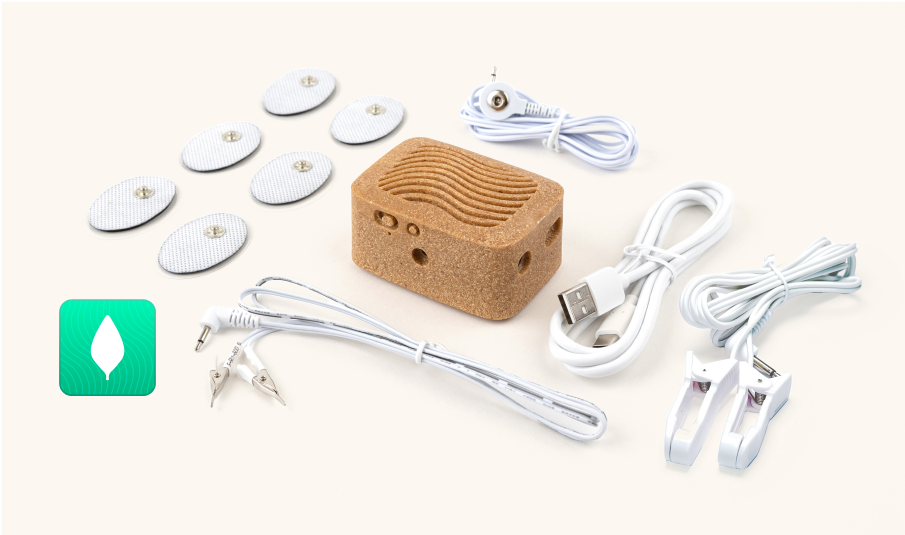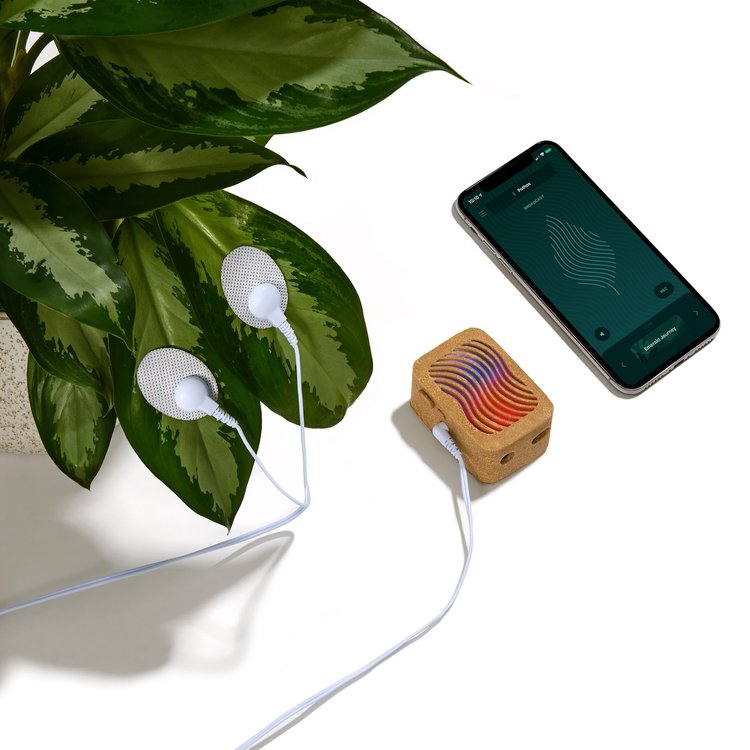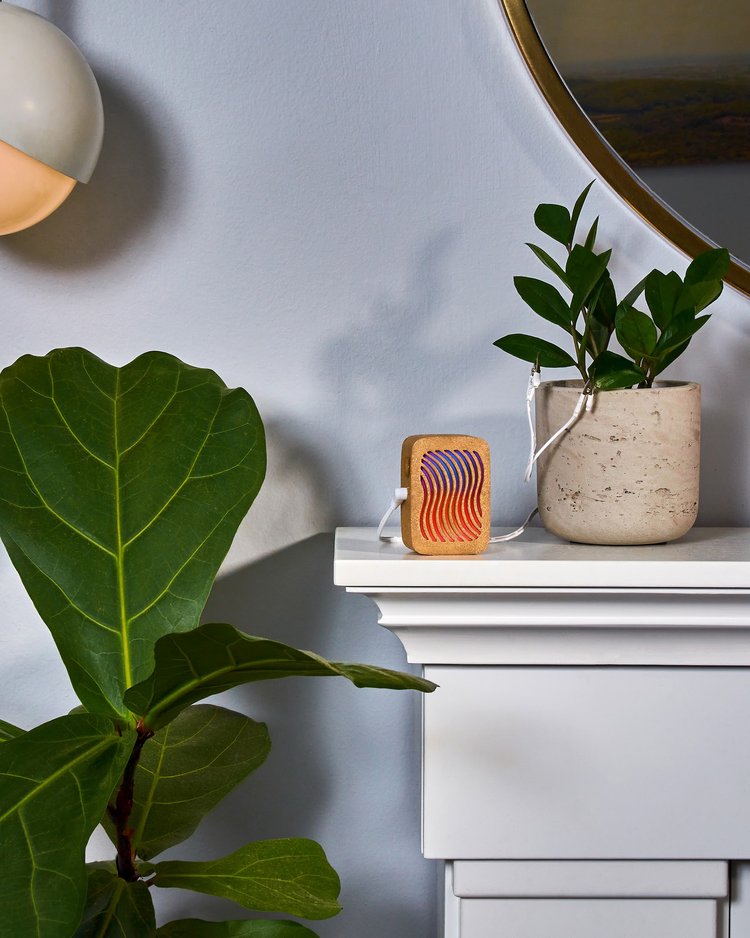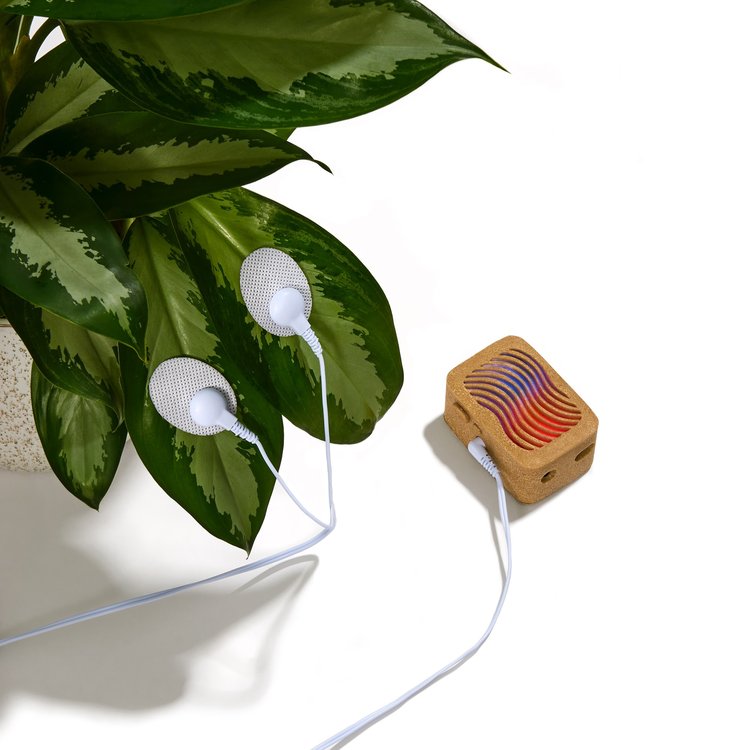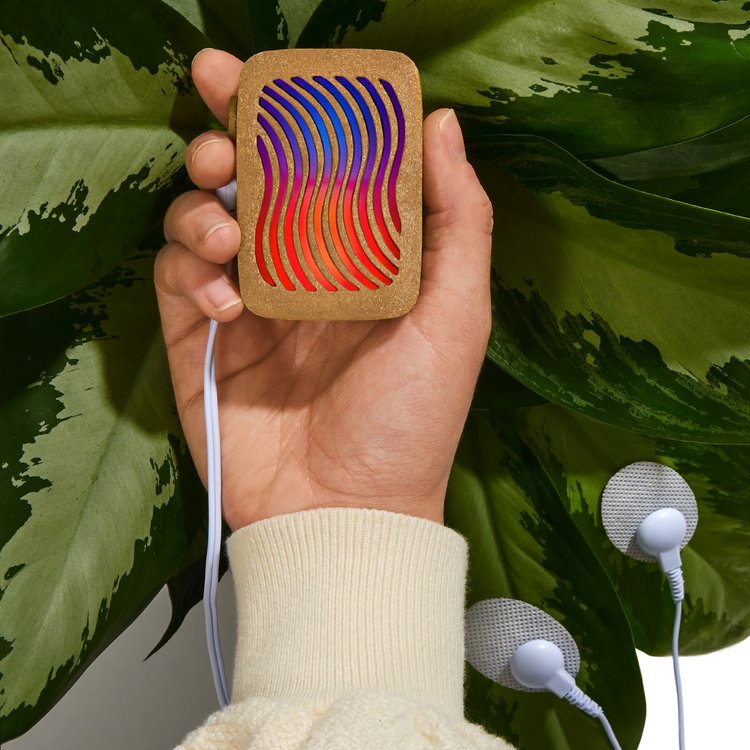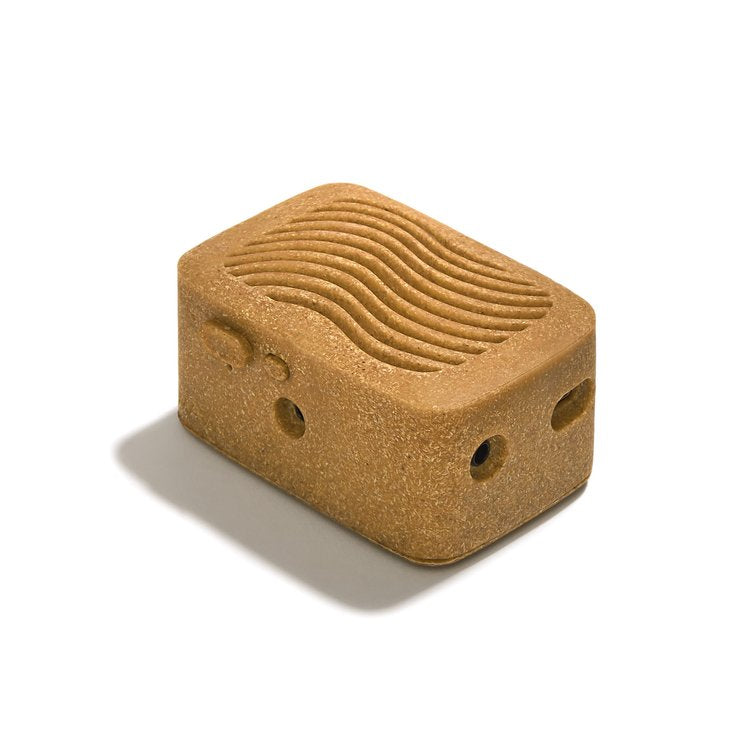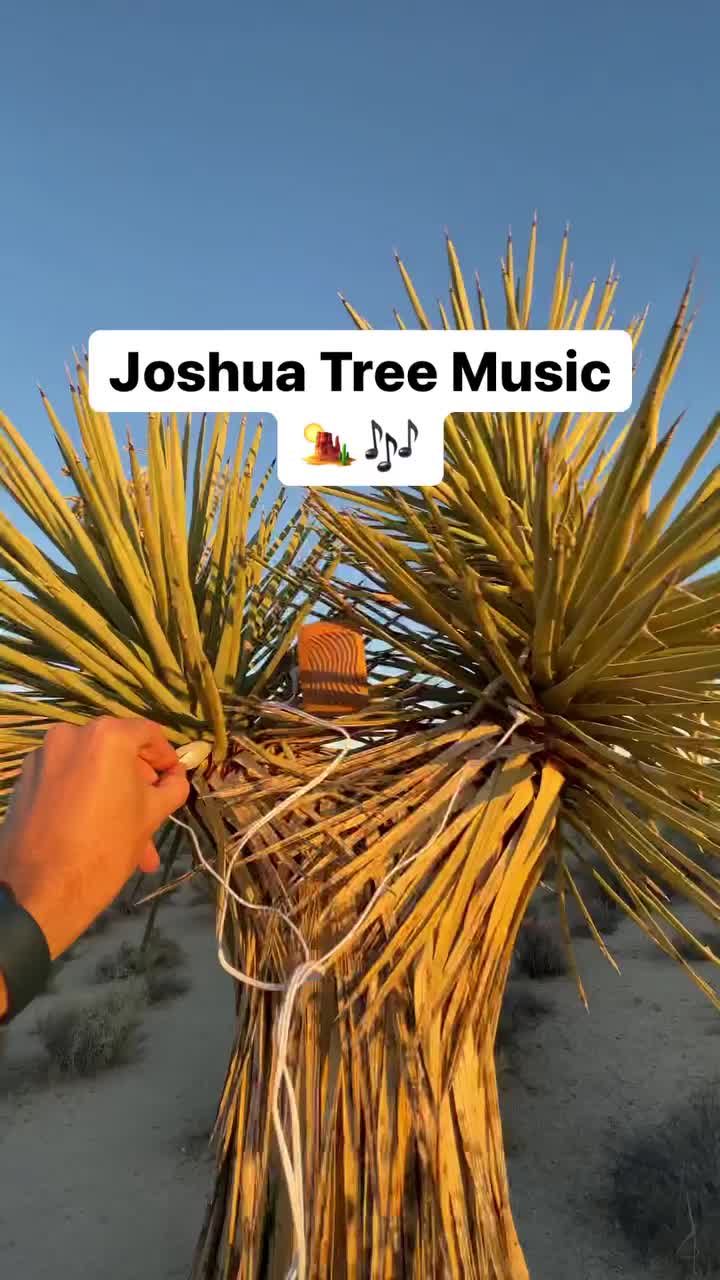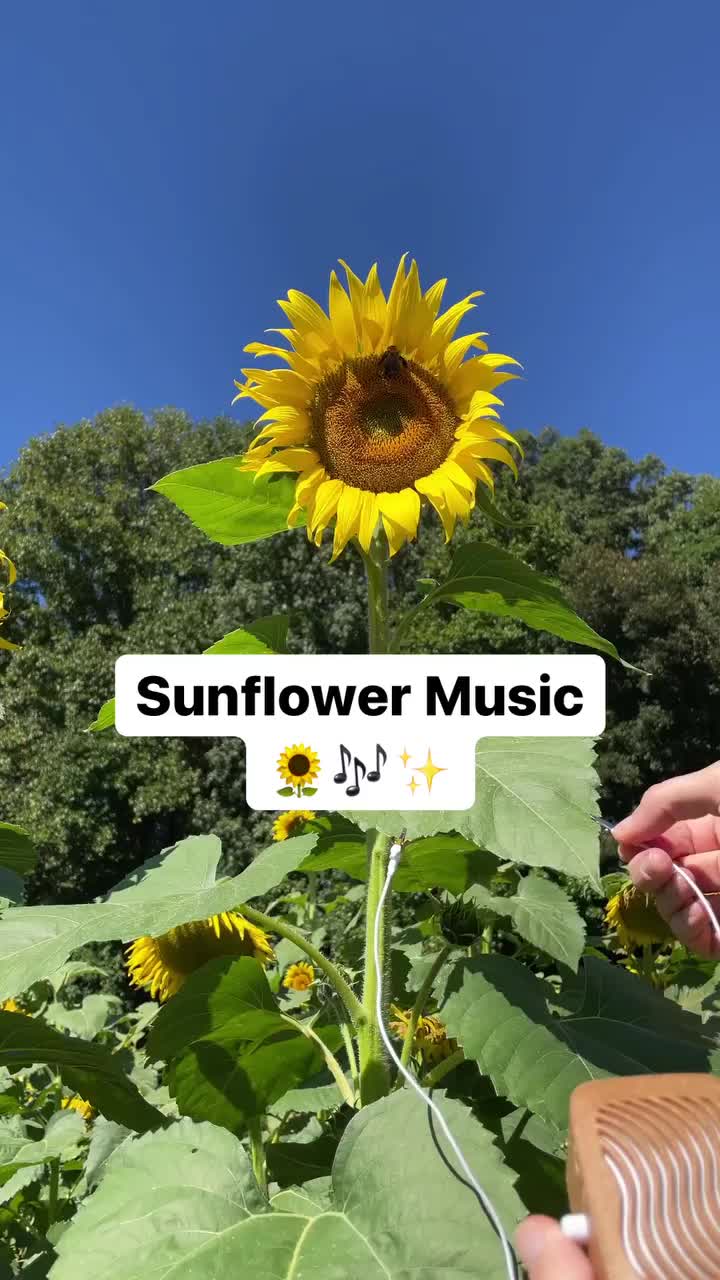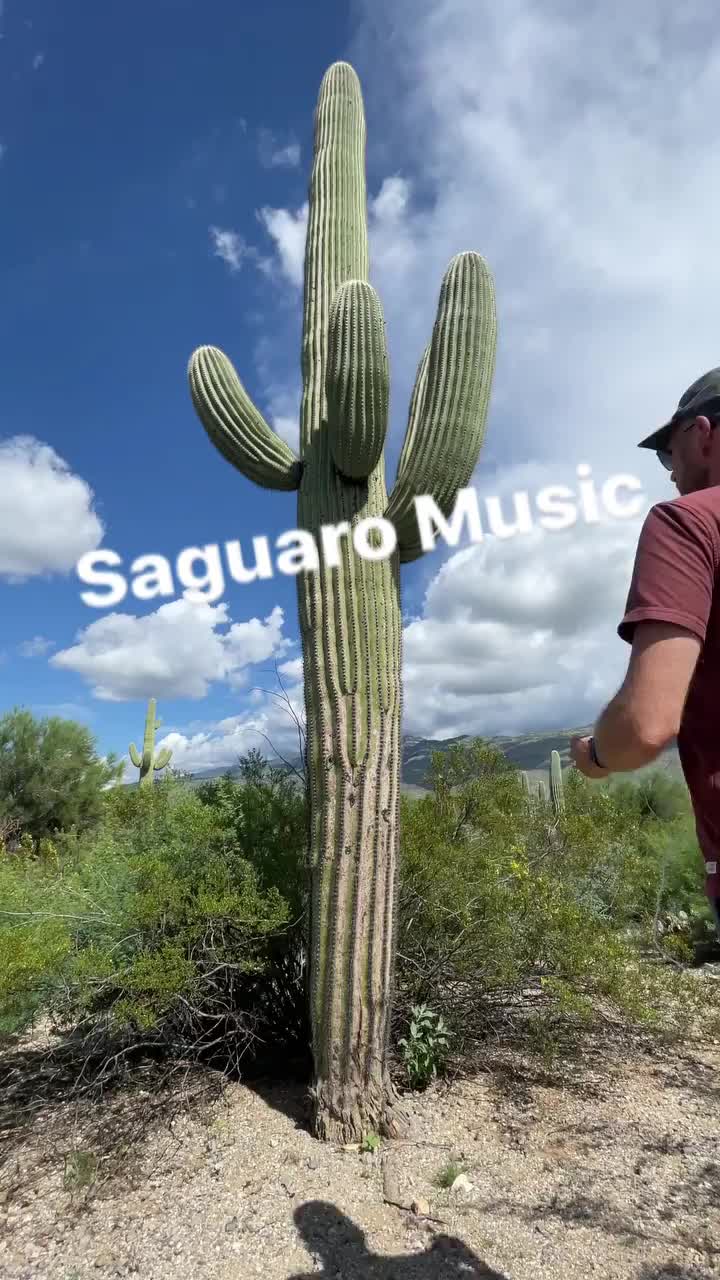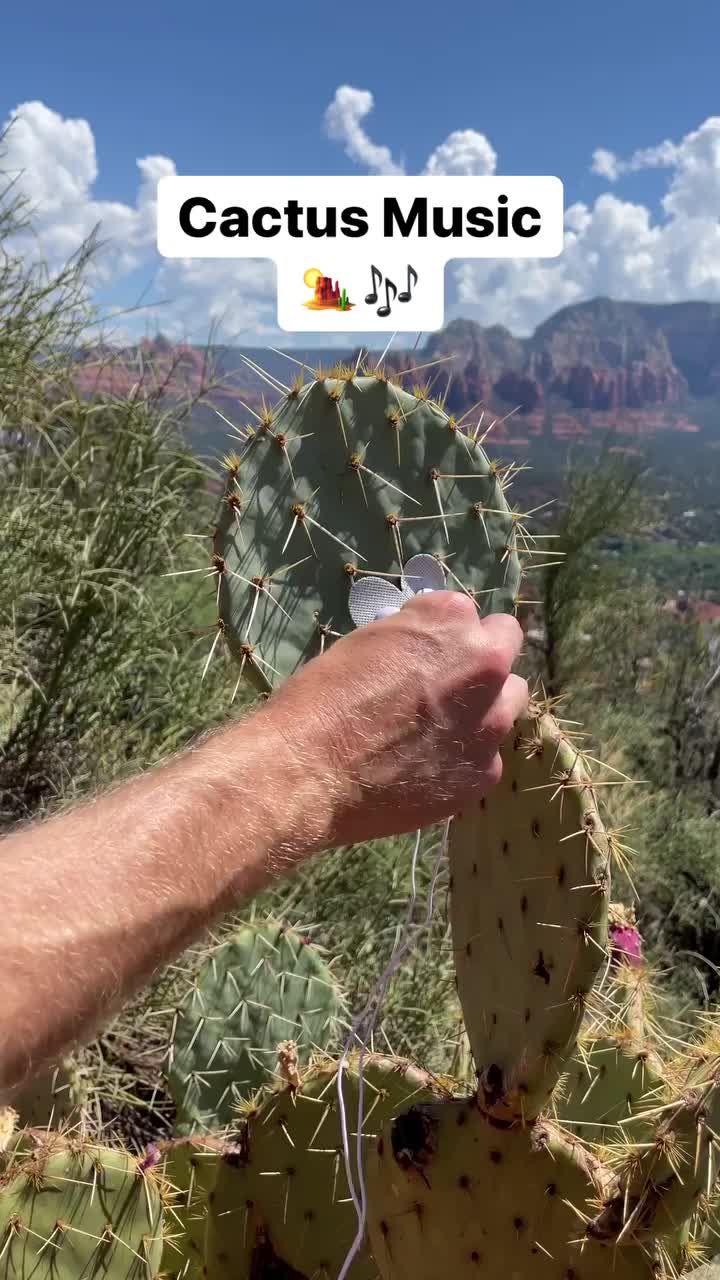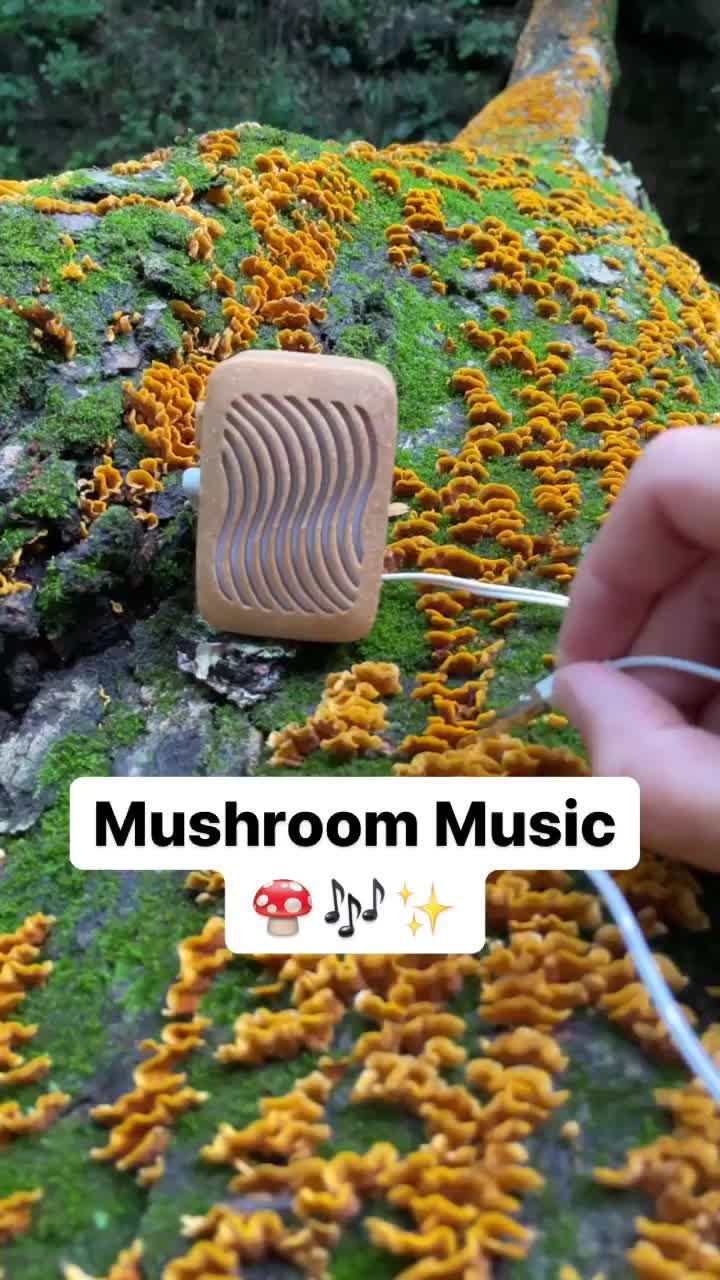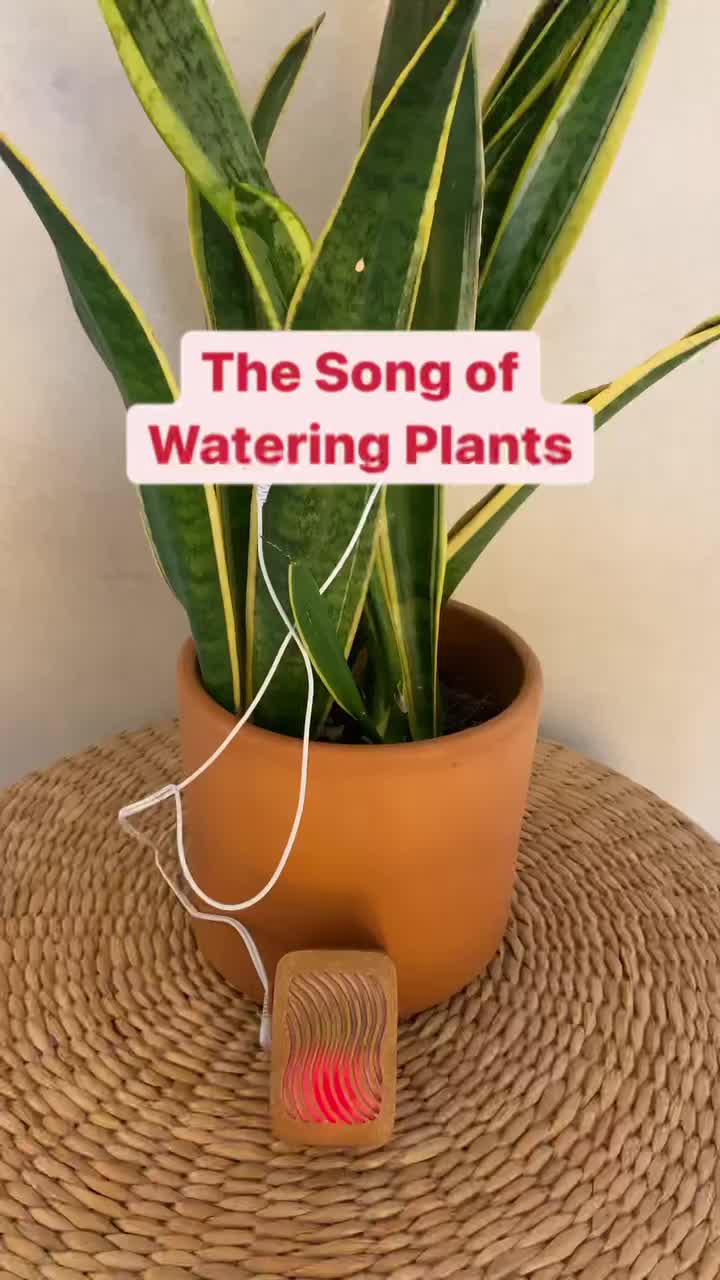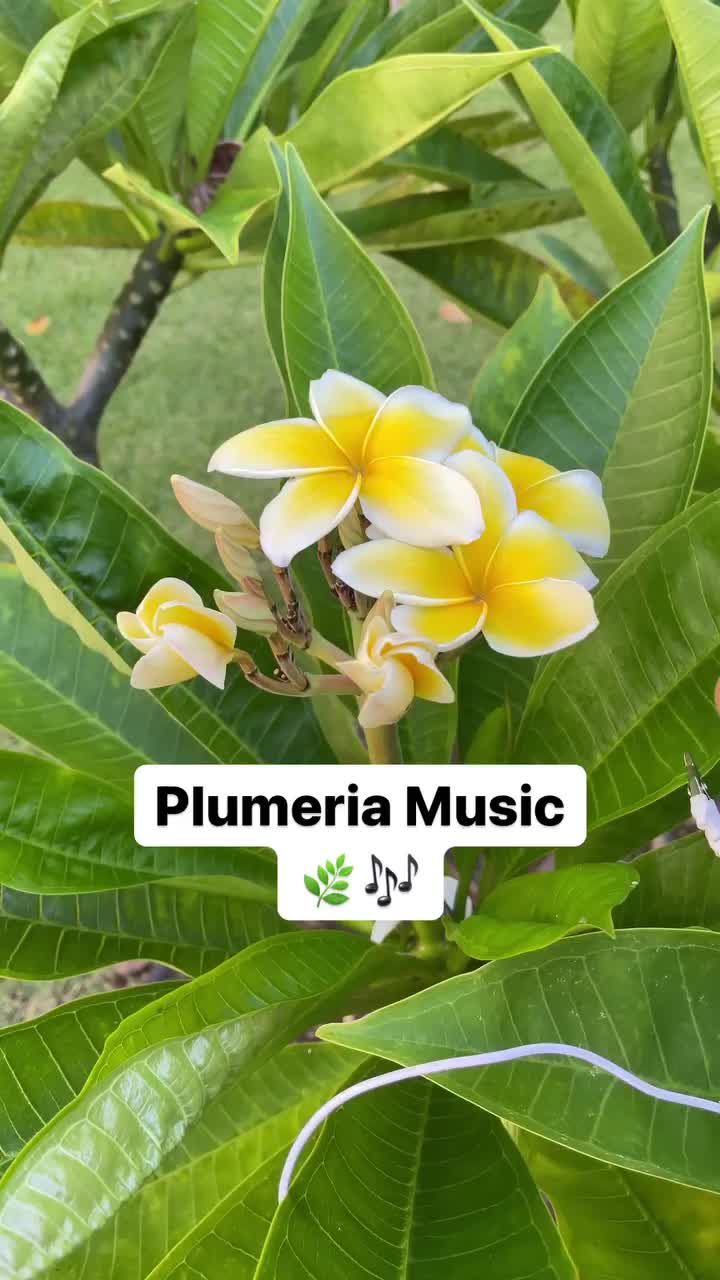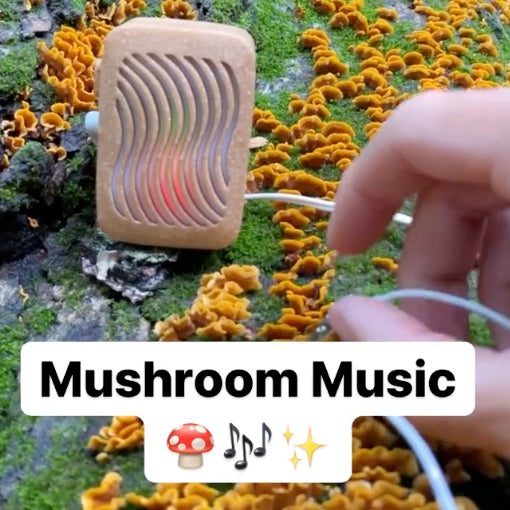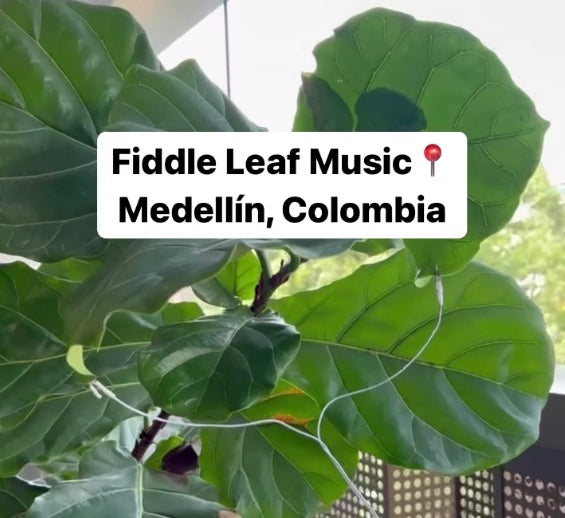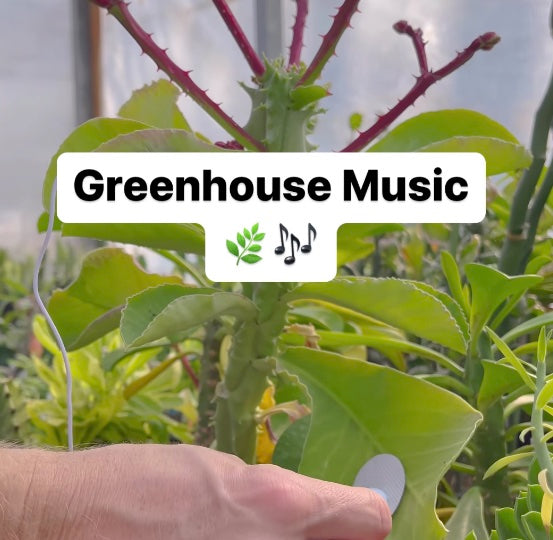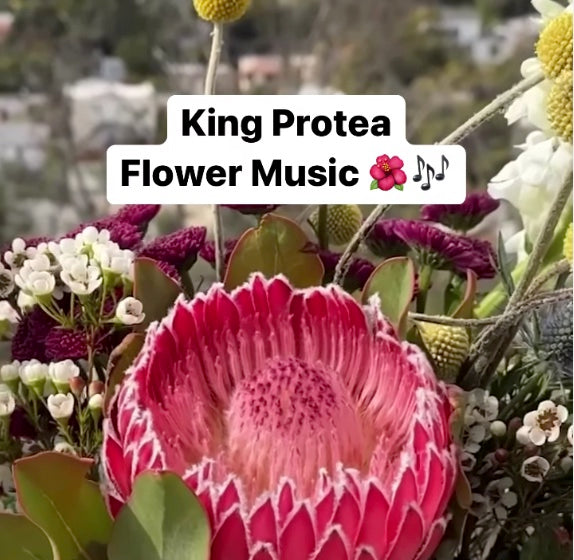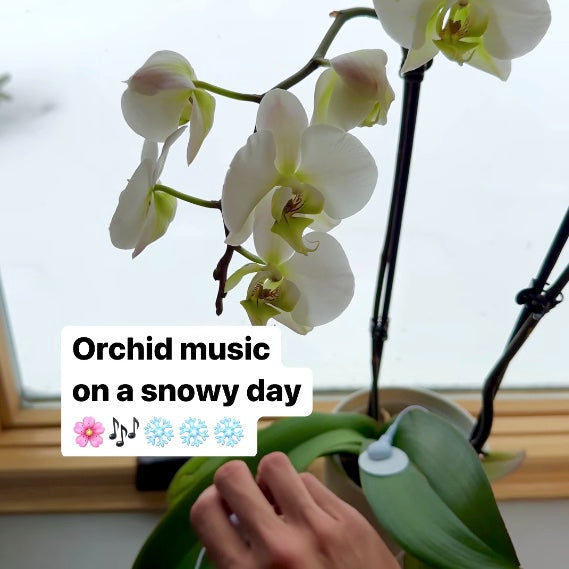
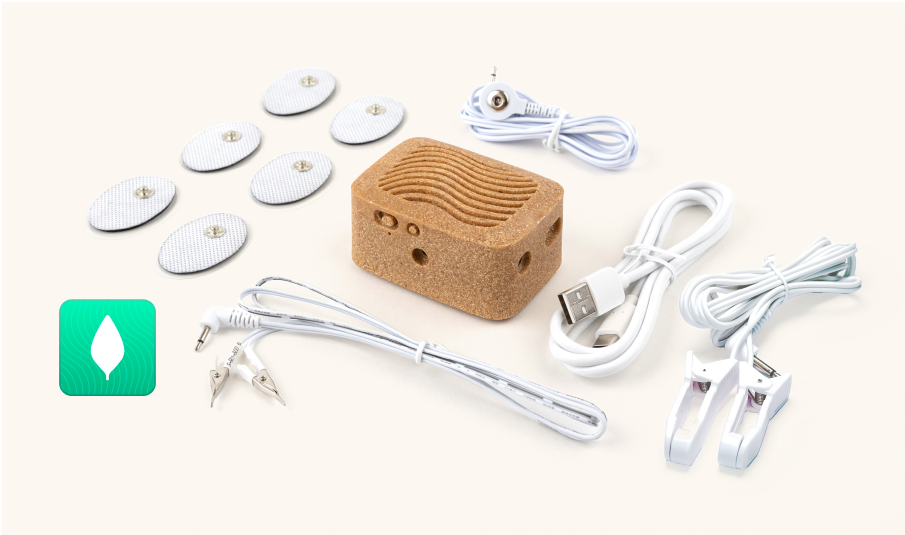
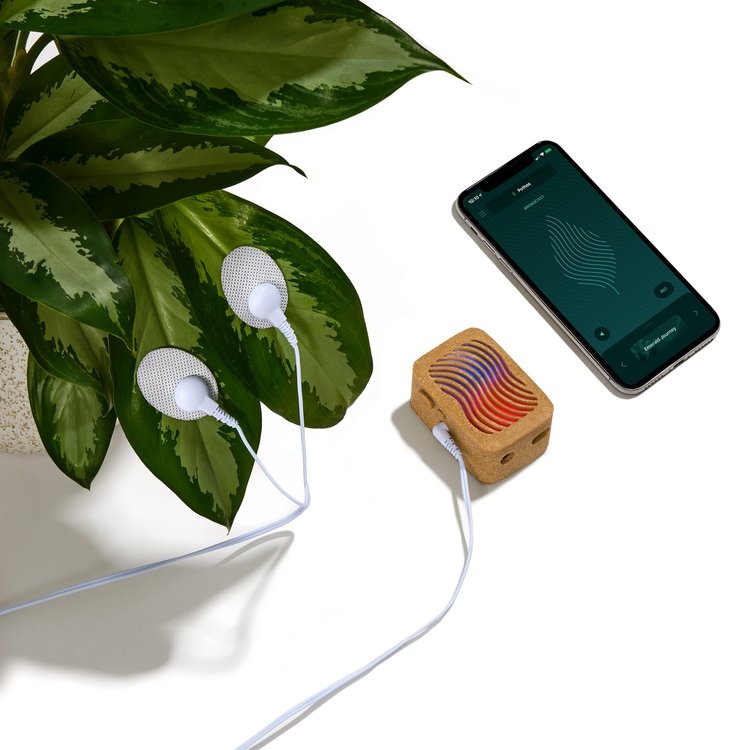
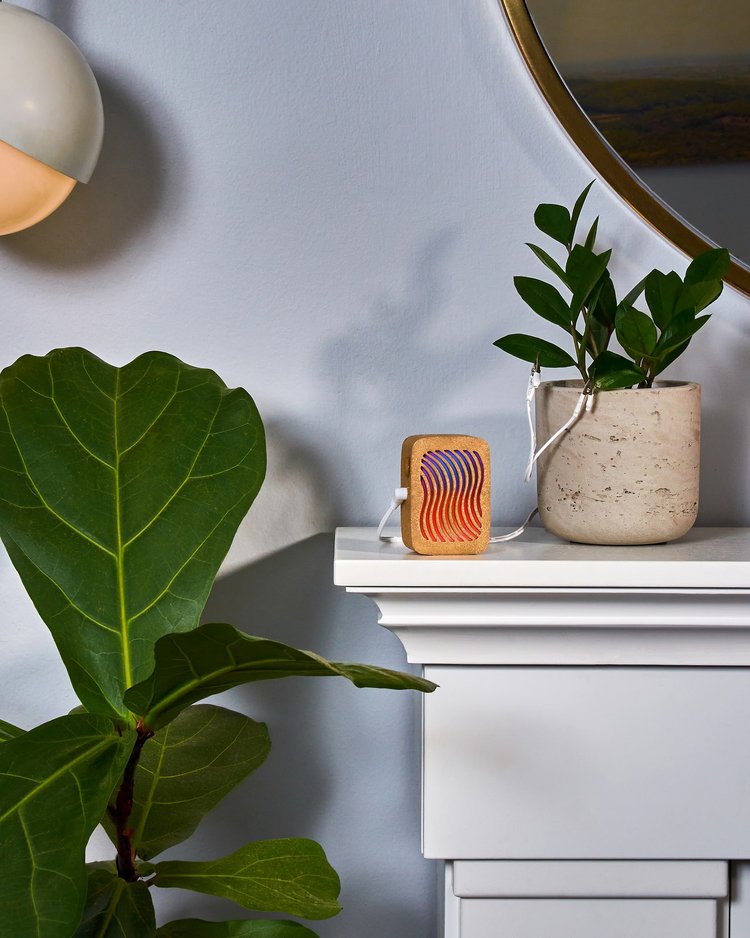
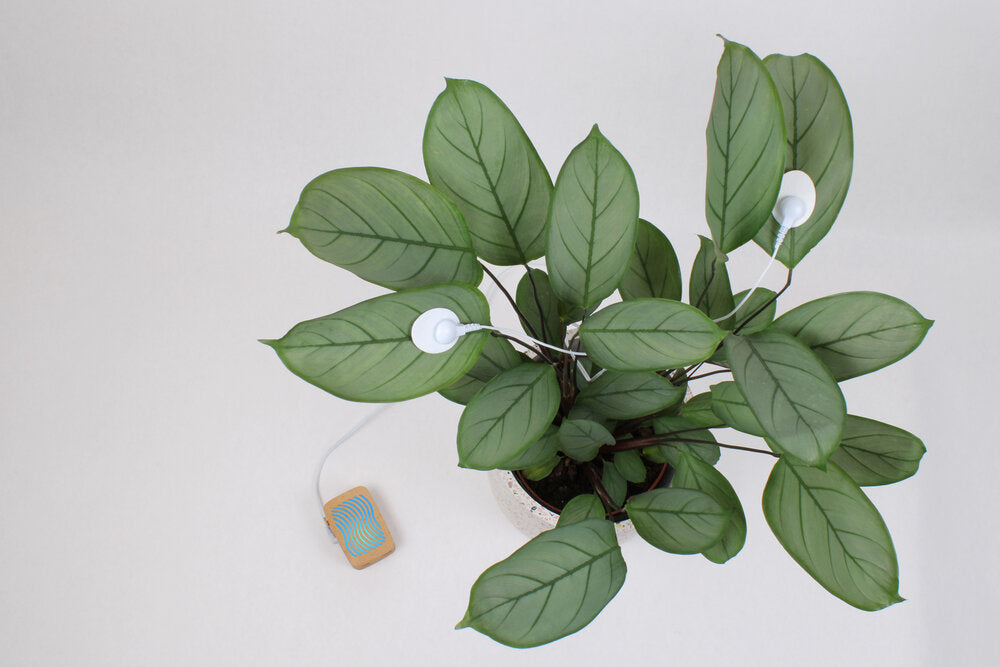
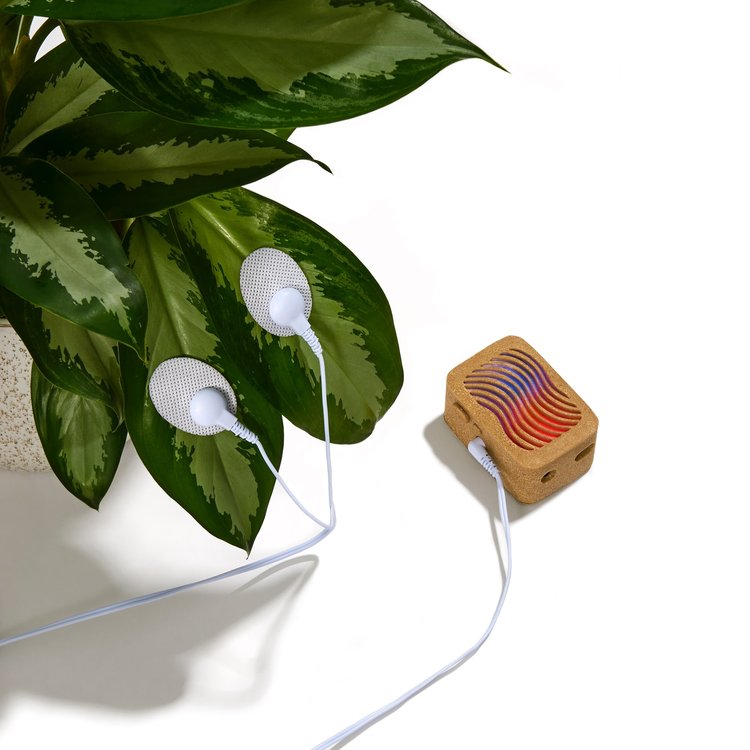
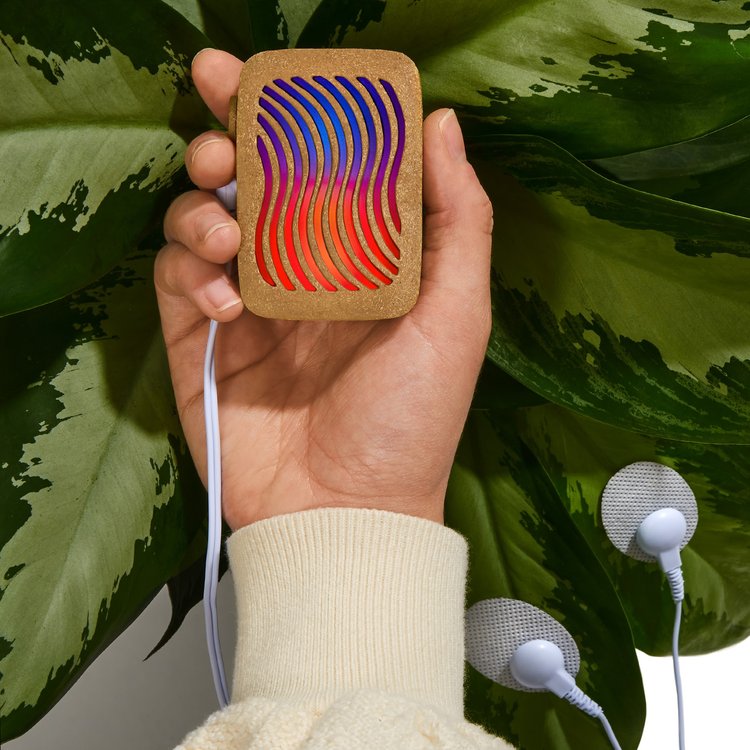

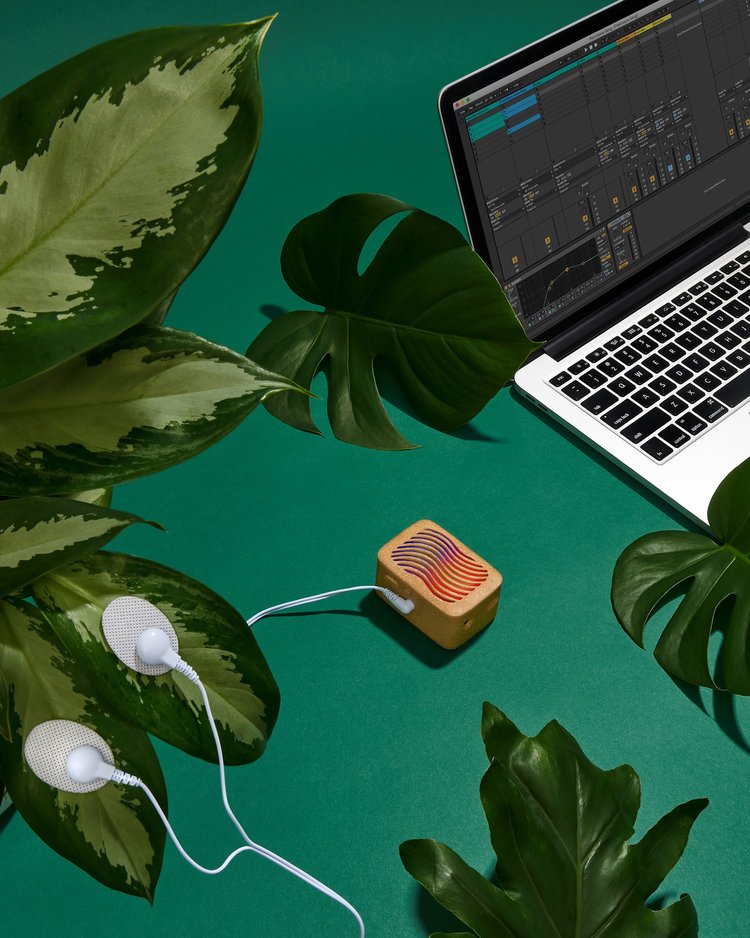
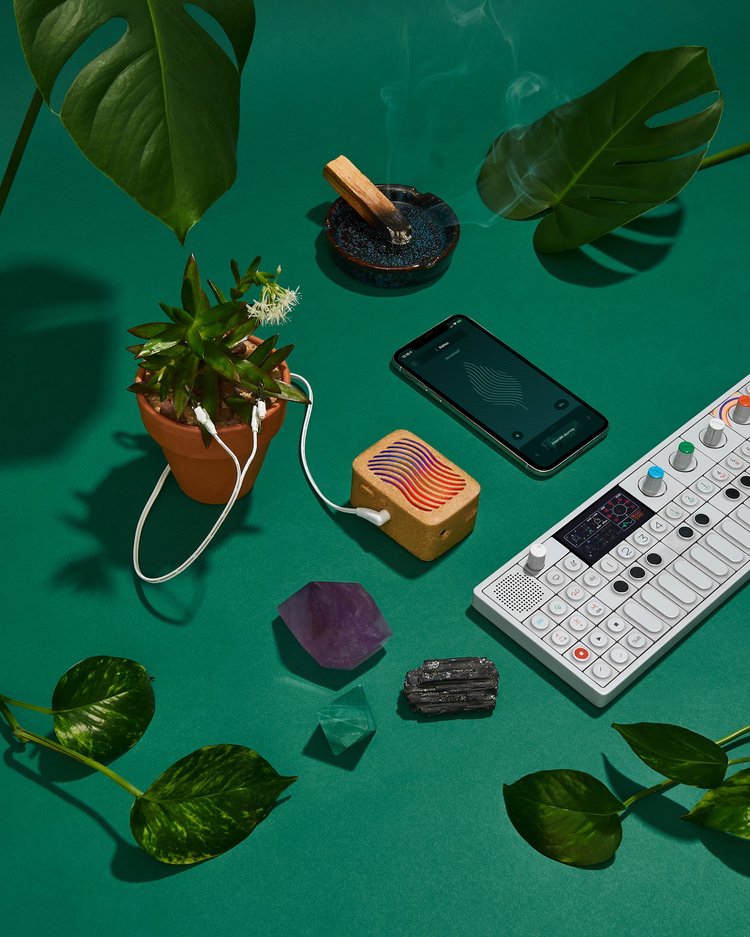
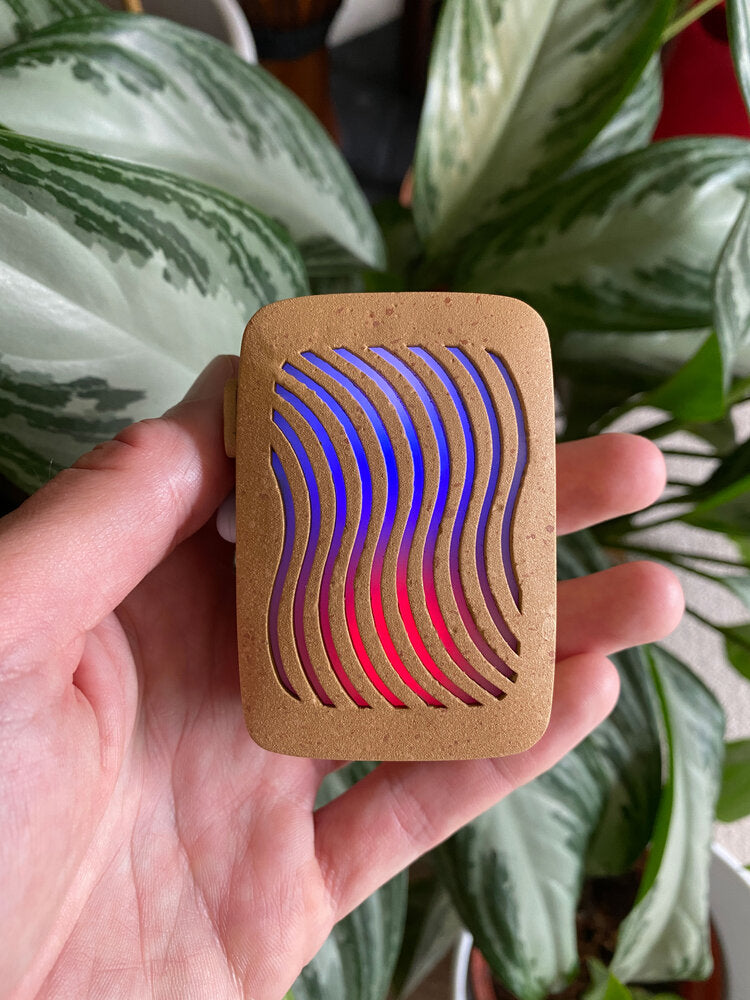
How it works
PlantWave uses a patented sonification technology that we built over the last decade to turn plants’ biorhythms into music. Here’s how it works:
-
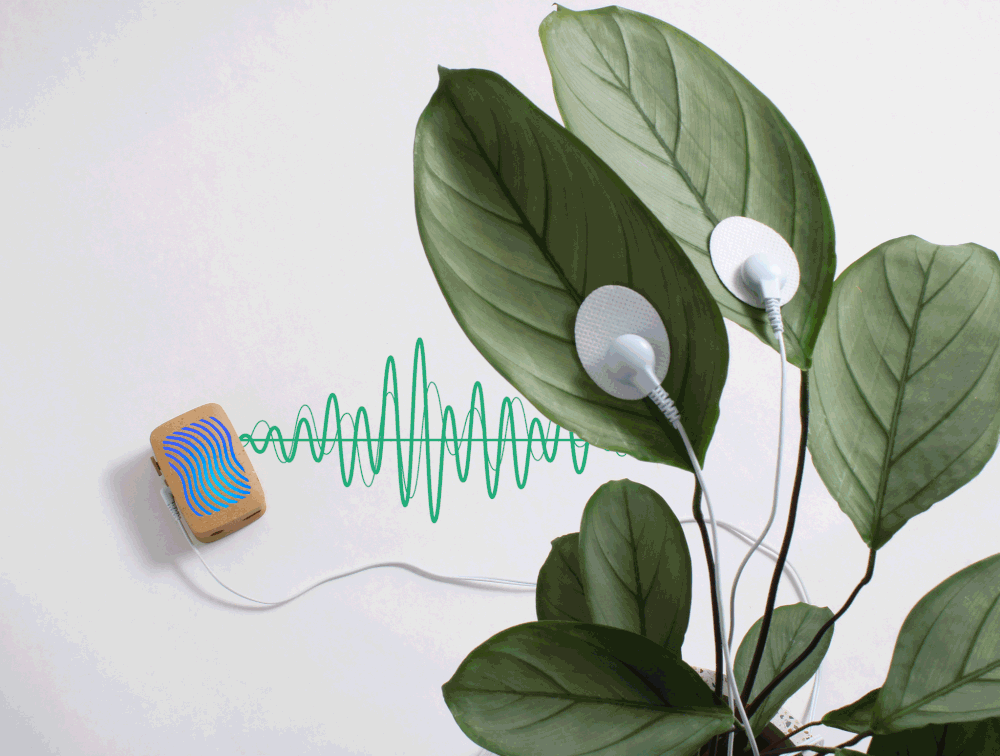
PlantWave detects slight electrical variations in a plant via two electrodes placed on the leaves.
-

These variations are graphed as a wave, which is translated into pitch messages that play musical instruments.
-
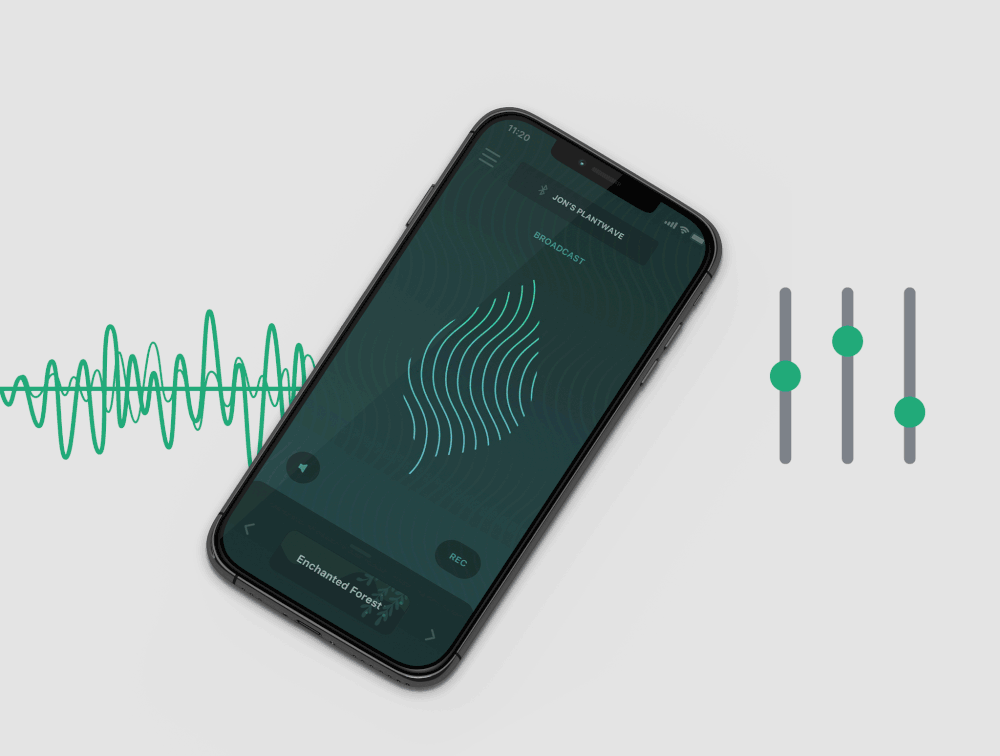
Other characteristics of the wave change the textural qualities of the sounds.
-

The result is a continuous stream of pleasing music that gives you a sonic window into the secret life of plants.

PlantWave in the Wild
Flowers, trees, mushrooms – every plant has its own unique melody to play. Just give it the instrument and listen!
13,752+ customers are vibin' 🪴🎵
Frequently asked questions
What exactly is being measured?
PlantWave measures microfluctuations in conductivity between two points on a plant. The amount of conductivity between these two points is largely related to how much water there is between them. That changes as plants photosynthesize and move chloroplasts around.
The variation is graphed over time, which produces a wave. We take that wave and translate it into pitch. Then those pitch messages are routed to control instruments we designed. So, each note you hear is an expression of a change happening within the plant in the moment. The greater the distance between two adjacent notes, the greater change is happening within the plant.
Do different plants make different sounds?
While the sounds and instruments were designed by us for plants to play, different plants will produce different patterns, melodies or "songs". In fact, different leaves within the same plant will produce different patterns. Over time, even those patterns will change. Rather than switching from plant to plant, we recommend spending time with a plant and tuning into its shift in patterns over longer periods of time.
In addition to these changes in patterns, there are some instruments in the PlantWave app that will only be triggered when a plant displays an especially high amount of activity. So, you may listen to a plant playing flute all day and then at some point notice that it's added chimes or bells. This is a sign of a significant shift in activity of yor plant.
We should also mention, this experience is something completely unique to PlantWave and is part of the patented sonification technology we've built over the last decade. These moments are also some of the most special listening experiences we've had in our lives, so we're excited to share them with you!
Can you tell what species a plant is by listening to it?
In our experience, no two plants produce exactly the same patterns. In fact, no two leaves within the same plant produce the same patterns. For that reason, reverse engineering what pattern is produced by what plant is close to impossible. We have experienced more dry plants producing less of a signal and more hardy tropical plants producing more of a signal. Beyond that, getting into specific species and plant type is more challenging.
Can I put this on my cat?
While PlantWave was designed for plants, it could work with hairless cats. If you have a hairless cat and it asks to try your PlantWave, we have good news for you. Your cat talks!
Why listen to plants?
The practice of taking time to listen to plants can help take a person out of the busyness of their day. It becomes a ritual where the focus moves away from the "to-dos" and towards harmony with nature. By slowing down to tune into the subtle changes in plant music, we access a state of heightened presence in the moment. Feelings of increased presence are associated with stress reduction, increased creativity, clarity and openness.
What inspired this idea?
Our inspiration for writing music always came from nature. We used to go out into the woods, record forest sounds and then go back into the studio to listen to the sounds, connect to the feeling of those natural places and write music from there. For us, creating music from plant data was just a natural progression of this practice. Instead of "sampling" the sounds of nature, we started sampling data from nature. Instead of having nature fuel the inspired playing of our instruments, we connected nature directly to the instruments with technology.
Are there proven benefits of listening to plants?
We haven't conducted peer reviewed studies yet. A survey of hundreds of owners of our previous device, MIDI Sprout, showed users feeling more relaxed, connected and inspired after listening to plants. The upgrades we're making with PlantWave will allow us to begin partnering with research institutions to do a more quantitative analysis on the effects of plant music.
More generally, there have been studies done on the effect of stochastic patterns (random, non-linear and non-repeating) on the health of the mammalian brain. If you're trying to envision what that means, just think of laying under a tree where the light from the sun is filtered by leaves and branches blowing in the wind. That phenomena you're experiencing (the seeming randomness of the patterns of light resulting from the tree and sun) is stochastic. In a similar way, plant music is stochastic in that it's taking a set of natural variables and presenting them to you as sound.
Where's the science behind this?
PlantWave makes use of tools that have been around for more than a century and amplifies their power through digital and mobile technology. The circuitry used in PlantWave is the same as that which is used in a lie detector. It's called a psychogalvanometer and it measures galvanic resistance over time. Lie detectors were first applied to plants by an FBI interrogator, Cleve Backster back in the 1960s. He noticed plants seemed to respond to thoughts and emotions. Russian scientists also did similar experiments with similar results. More recent attempts to replicate the same results with similar experiments have been unsuccessful. That, however, doesn't mean plants aren't responding to people. It just means that there isn't sufficient evidence to support they are beyond a doubt responding to people. Let us not forget absence of evidence does not equal evidence of absence.
It seems clear to us that more data is needed in order to have a better understanding of what is occurring with plants. In our experience and in our user's experience, it seems likely that there's a relationship and a connection happening between plants and humans. With better tools and more data, we look to create opportunities to better understand the reasons behind these phenomena.
Expedited Shipping
Ships in 1-2 business days right to your door.
30-Day Satisfaction Guarantee
You can return the product within 30 days of arrival for a full refund, no questions asked.
1-Year Warranty
Every PlantWave device comes with a 1-Year warranty.


